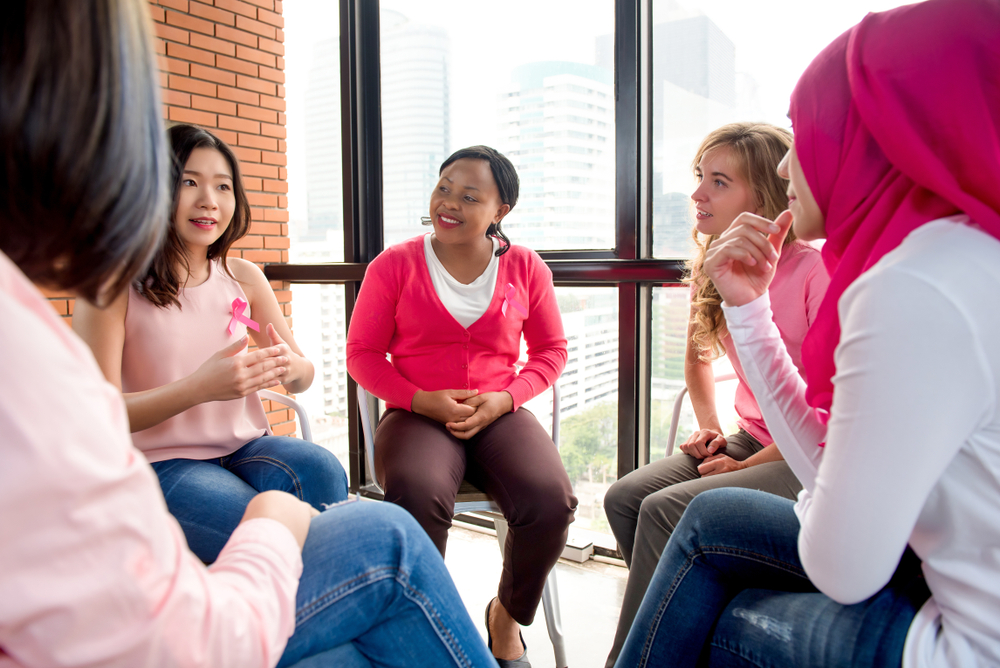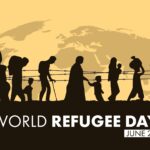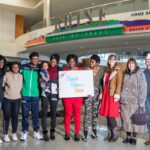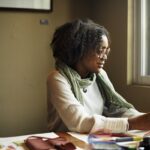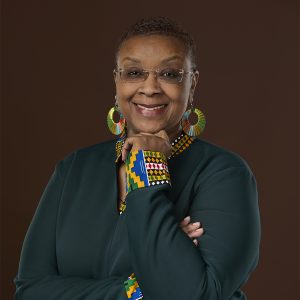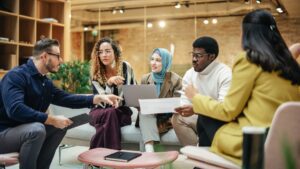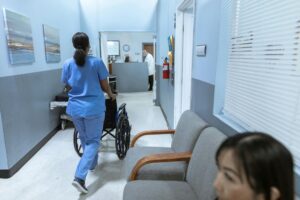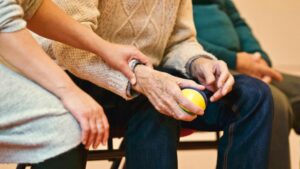In this blog, Salome Mwangi, the former coordinator of the Refugee Speakers Bureau at the Idaho Office for Refugees and a former refugee from Kenya, worked with Rob Callus from Switchboard to share her insights on storytelling about the refugee experience. Some of the stories shared here may be difficult to read, so please keep that in mind as you proceed.
“After hearing their heartwarming stories, I wanted to hug my mother and thank her for everything that she has done for me…. It made me realize how a mother truly is one of the biggest blessings in life and that this is something common all over the world.”
These are the words of a participant after they listened to stories told by women who are former refugees during a story-sharing session entitled Starting Over: Refugee Stories of Resilience and Hope at the 2023 Idaho Conference on Refugees (ICOR). This response is a testament to the power of storytelling, especially when storytellers share their firsthand experiences.
At this ICOR story-sharing session, which I facilitated, several speakers shared their memories of living as refugees in Kenya and Burundi. Two of them are survivors of the infamous 2004 Gatumba massacre, which turned their lives upside down. One of them is now a college graduate, and she was able to tell her family’s story of struggle and survival in a short play that she wrote for her undergraduate capstone class. There was barely a dry eye in the audience after the re-enactment of what she and her family went through. Another speaker shared the challenges that led her family to the Gatumba refugee camp in Burundi. She recounted trying to save her daughter’s life amid the violence using the kikwembe—the cloth that many African women wrap around their bodies as an apron, a head scarf, a baby sling—to carry her daughter in the hope that she could be saved. After the woman and her daughter fled to safety, she rebuilt her life yet again, caring for her daughter and remaining three sons.
What struck me about the stories they shared wasn’t only the extreme pain they endured, but also the more joyous and hopeful details of what came next: the maturity, the parenting, the use of storytelling as an art—things many of us can relate to. As a former refugee, I know firsthand how easy it can be to be reduced to a case number, a statistic, a tragedy, or maybe even a novelty or someone to be feared. As I continue to dedicate my life to serving refugees, I hope to share in this blog post the lessons I learned about how to ground discussions about the refugee experience.
Centering Refugee Voices
When discussing the refugee experience with dignity, it is crucial to center the voices of refugees themselves in the narrative. All too often, our preconceived notions and biases shape the narratives of refugees, incorrectly filling in gaps. To counteract this, we must allow former refugees to tell their own stories and share their experiences authentically. However, it is essential to strike a balance, enabling refugees to share their stories without overburdening them or exploiting their experiences.
During the ICOR session, one speaker’s story initially revolved around surviving a massacre, aligning with our preconceived notions of suffering. As she was encouraged to share her narrative on her terms, a different story emerged. The speaker recounted how today, she applies her skills as a businesswoman, tapping into the unsaturated ethnic cuisine sector. She has invited other women who suffered losses like hers, and together they are building a catering business. Through this familiar effort, these former refugees are supporting each other emotionally and financially while adding their special blend of flavors and culture to their new community. This picture would not have emerged without the centrality of the refugee voice in the narrative.
Strengths-Based Storytelling
In discussions about the refugee experience, we often focus on the barriers and challenges refugees face. However, it is equally important to highlight the strengths that refugees bring with them during the migration and resettlement processes. By shifting the narrative to strengths-based storytelling, we not only recognize the resilience of refugees but also promote a more balanced and empowering perspective.
I once worked with a former refugee from Iraq who perfectly exemplifies this approach. As we connected, we explored his background as an auto mechanic. Despite the challenges of resettlement, he found a way to continue his passion and profession in the United States. Though he was unable to get recertified as an auto mechanic, he was able to use his skills in collaboration with a U.S. auto shop, solving complex mechanical enigmas as a side job. He eventually rose to the position of co-owner of the shop, which drew new customers from the refugee community. When we highlight the skills and expertise that refugees possess, we celebrate their contributions and foster a more inclusive society.
Rethinking Self-Sufficiency
Despite the prevalence of the goal of self-sufficiency in newcomer services programs, the concept often falls short when discussing the refugee experience. Many refugees come from cultures that prioritize interdependence and community support, making the notion of complete self-sufficiency unrealistic and even culturally insensitive. It is crucial to reframe the language we use to empower and uplift refugees. By adopting a culturally responsive approach toward empowerment in this more interdependent way, we foster a sense of dignity within the refugee community, enabling newcomers to thrive.
Restoring a refugee’s choice, voice, and agency means acknowledging that the individual’s journey toward empowerment may involve buying a car, continuing their education, purchasing a home, and making autonomous decisions. These steps are not necessarily going to be possible upon arrival but can be framed as goals to be attained once they are no longer reliant on services and public benefits programs. It is essential to dispel the stigma associated with relying on public benefits and instead focus on nurturing creativity and growth that stems from refugees’ ability to make their own choices and contribute to society. Rather than viewing their initial period of receiving help as a sign of dependency, we should recognize it as the first step toward regaining choice, voice, and agency.
Beyond the Faceless and Nameless Statistics and Generalizations
When we don’t make space for refugees to share their stories, or when we only look for stories of loss and pain or a reductive overview, we miss out on their human experiences that we can easily identify with: the joys of parenthood, of families and friends, of holiday memories with food and song and dance. Despite the pain of losing and missing loved ones, homes, and cherished things that may no longer exist, these people, places, and objects are still real and dear to us. The more we can see the refugee as a whole person and give them room to share, express, and dictate the terms of their narratives about what they’ve been through and what they love and celebrate, the better we will all be for it.
Additional Resources
For more information on storytelling and to hear more stories from refugees and other newcomers, check out these resources from around the resettlement community in the Switchboard library:
- Blog post: Sharing Refugee Stories to Build Community Support
- Archived webinar: Journey to Resettlement: Refugee Experiences in Countries of Asylum
- Video: SIV Stories: Starting Anew in the United States – Ahmad and Friends
- Video: Stories of Hope from Bhutanese Refugees: Moving from Distress to Wellness

